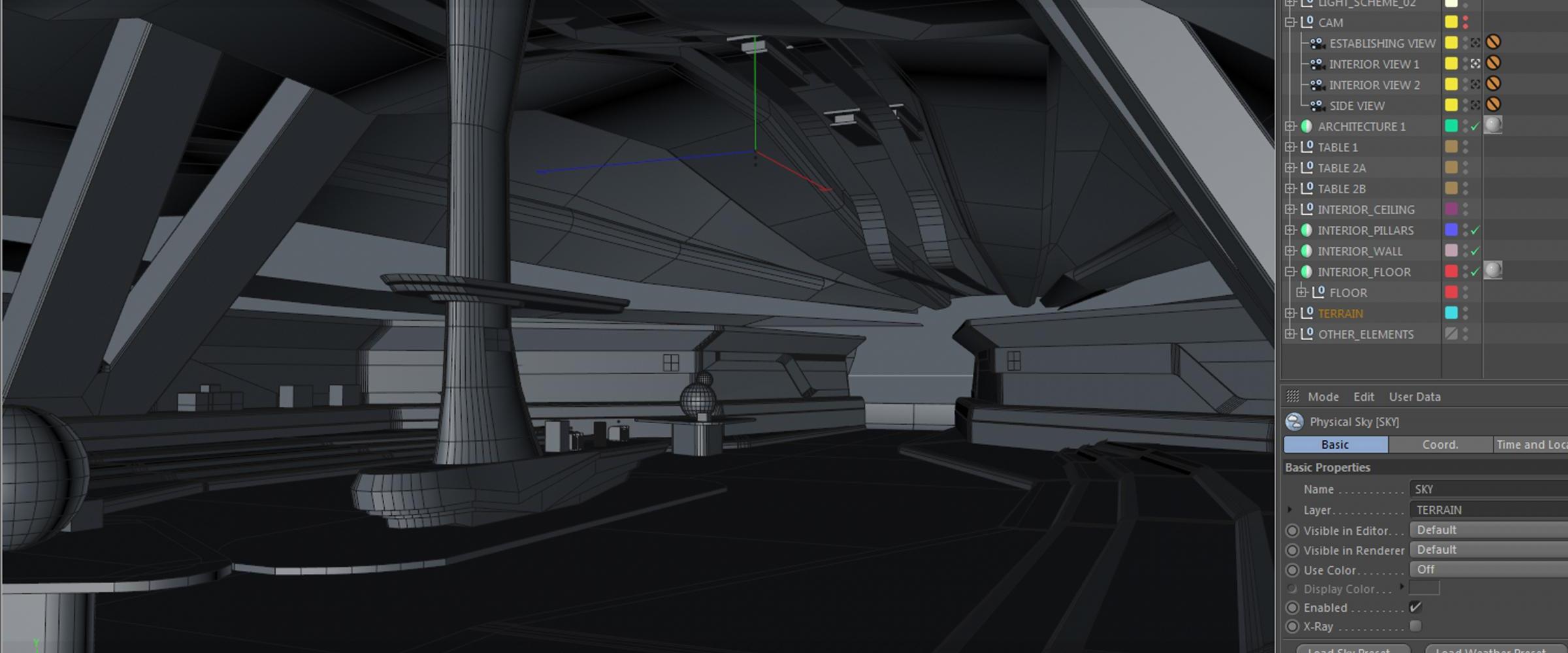


It’s not a bad idea to create an “Assets” folder specific to your project and store all the models you will need in there. Once you’ve downloaded some 3D models, make sure you know where they exist on your computer. This is usually the safest choice if you have the corresponding 3D program, as it can include geometry, UVW coordinates, animation, and even fully built materials.įind that perfect hourglass model? Add it to your cart, check out, hit download, and you’re ready to get started. Often, many assets will be provided as scene files for various programs, as well. These formats store not only the 3D geometry data, but can also include other information like UVW coordinates. In general, formats like Alembic, OBJ, and FBX will work for most 3D packages. Always make sure to give this a quick glance on the off-chance that there won’t be a compatible file format with your software. On Pond5, the included formats are listed in the description section on the item’s page.

The same way footage and images can come in a wide variety of file formats, so too can 3D models. This short guide will demonstrate the process of importing 3D models into Cinema4D and how to use them to quickly build up a complex scene. Even the best 3D modelers can spend days on assets that only end up existing as background fluff.įortunately, pre-made, high-quality 3D stock assets are becoming increasingly easier to find online, and with the launch of the TurboSquid collection, Pond5 has become a go-to resource for locating them. Many aspects of the 3D animation process can be extremely tedious, and creating all the assets for your scene is no exception.


 0 kommentar(er)
0 kommentar(er)
